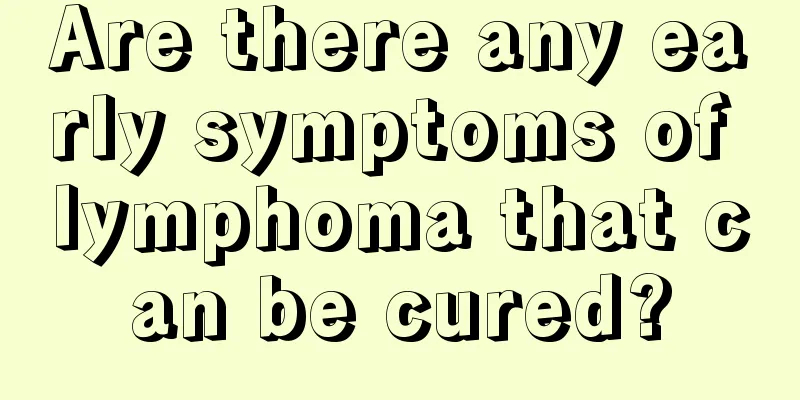Is cholestatic liver disease serious?

|
Liver disease is a relatively serious disease because the liver is the main organ for detoxification in the human body. If the liver is diseased, many toxins in the human body will not be excreted in time, and over time it will affect other organs of the human body. Cholestatic liver disease is a relatively common type of liver disease, and its main manifestation is bile duct obstruction in patients. So, is cholestatic liver disease serious? Is cholestatic liver disease serious? Cholestatic liver disease is generally a disease caused by congenital bile duct obstruction in babies, which results in poor bile excretion in babies, liver damage, yellowing of the skin, jaundice, nausea, vomiting, inability to eat, etc. Cholestatic liver disease is quite serious and can cause cirrhosis. First check, then treat. The sooner the biliary atresia surgery is performed, the better. Cholestatic liver disease hazards Cholestatic liver disease may develop into liver cancer. If cholestasis obstruction cannot be relieved for a long time, bile will repeatedly stimulate liver cells and may develop into cirrhosis and eventually turn into liver cancer. However, the possibility of cholestatic liver disease leading to cancer is relatively small. Identifying the cause of cholestasis in the early stages of cholestasis and eliminating the cause can reduce the risk of cancer. Cholestatic hepatitis (intrahepatic cholestasis) refers to a disorder in cellular bile secretion caused by various reasons. The abnormal functions of organelles such as bile capillaries, cytoskeleton and Golgi apparatus reduce bile secretion, resulting in the inability of normal amounts of bile to reach the duodenum and causing bile components (conjugated bilirubin, bile acid, cholesterol and alkaline phosphatase, etc.) to reflux into the blood. Clinically, it is a group of symptoms and signs with jaundice and itching, accompanied by increased serum conjugated bilirubin, cholesterol, bile acid, ALP, 5-nucleotidase and albumin. Common diseases include viral cholestatic hepatitis, drug-induced cholestatic hepatitis and primary biliary cirrhosis. Cholestatic liver disease is a common type of liver disease and also one of the most harmful types, so it must be treated early. During the treatment period, patients should also be given a good diet adjustment, eat less high-fat foods, eat more vegetables and fruits, and their daily diet should be light. Spicy and irritating foods are prohibited. |
<<: Can I eat pears during confinement?
>>: The harm of squatting for a long time to defecate
Recommend
What fruit to eat when you have a broken bone
A fracture refers to a partial break or comminute...
Is the Jingxin Sleep-Aiding Oral Liquid effective for sleep?
There are more and more oral liquids now, and eac...
What is the reason for blood in sputum
If there is blood in the sputum but there is no c...
Causes of pituitary tumors
The incidence of pituitary tumors has a tendency ...
How to use drugs for vascular interventional treatment of liver cancer? Need to be tested first
The use of drugs for vascular interventional trea...
What foods can prevent pancreatic cancer
The cause of pancreatic cancer is not yet clear. ...
How to treat inflammation in the lungs
We must take good care of our lungs in our daily ...
How long do sperm live after ejaculation?
After a man's sperm is ejaculated into a woma...
What to do if your face becomes red due to sunburn
No one wants to go out in summer, and if you have...
What are the benefits of wearing jade to the body
Jade is a natural gemstone produced in nature. Th...
What is the function of the traditional Chinese medicine Maca?
In daily life, maca is mainly used as a medicine ...
What should I do if I have folliculitis on my arm
Many girls have small pimples on their arms. This...
Swollen and painful gums after tooth extraction
Many people will grow wisdom teeth. As we all kno...
Can I still eat pork if it smells a bit bad?
Whether pork can still be eaten if it has a sligh...
Can bananas be left in the sun to ripen?
Bananas are a very common fruit in our daily life...









